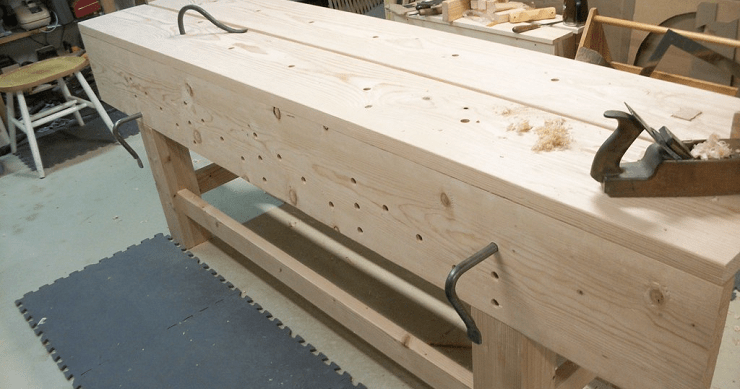Woodworking requires precision, and a key aspect is using properly dried wood to avoid issues like shrinkage, warping, and insect or fungus infestation. These problems can compromise the structural integrity and longevity of woodworking projects. To ensure quality, woodworkers must identify wet wood and determine its moisture content, which should ideally be below 8-10% for most projects. Methods like visual inspection, moisture meters, and the oven-dry method are recommended for assessing moisture levels.
Drying wet wood involves several steps and considerations. Natural air drying is a common technique, requiring a well-ventilated space, time, and patience. Kiln drying offers a quicker alternative, using controlled heat and humidity to expedite the process. The choice of method depends on factors like wood species, thickness, and the woodworker’s timeline. Properly preparing the wood by removing bark and slabs can enhance the drying process.
Throughout drying, monitoring the moisture content is crucial to prevent over-drying or under-drying, which can lead to cracking or residual moisture problems. Regular use of moisture meters and sample weighing can guide woodworkers in achieving the right moisture balance. Best practices to avoid drying-related issues include slow and controlled drying, proper stacking, end sealing, and avoiding direct sunlight or excessive heat.
For small-scale projects or when a fast turnaround is needed, alternative techniques like microwave or oven drying can be useful. However, these methods are not suitable for larger pieces with high moisture content and require caution due to potential fire hazards.
Proper wood drying is essential for the strength, stability, and durability of woodworking projects. It ensures that the final product maintains its shape and quality over time. Woodworkers are advised to consult additional resources and follow safety guidelines to refine their drying techniques and achieve the best results in their woodworking endeavors.
Key Takeaways:
- Properly drying wet wood before use is essential to prevent issues such as shrinkage, warping, and insect or fungus infestation, which can compromise the stability and integrity of woodworking projects.
- Different methods, such as natural air drying and kiln drying, can be used to dry wood, and it’s important to monitor the wood’s moisture content throughout the drying process to achieve optimal results.
- Slow and controlled drying, proper stacking, and end sealing are best practices to minimize common drying-related issues like splitting and warping in woodworking materials.
“Using wet wood in woodworking projects can have serious consequences. Wet wood can shrink, warp, split, and even become infested with insects or fungus over time. These issues can result in a finished product that is unstable, unreliable, and prone to damage.”
More details: here






